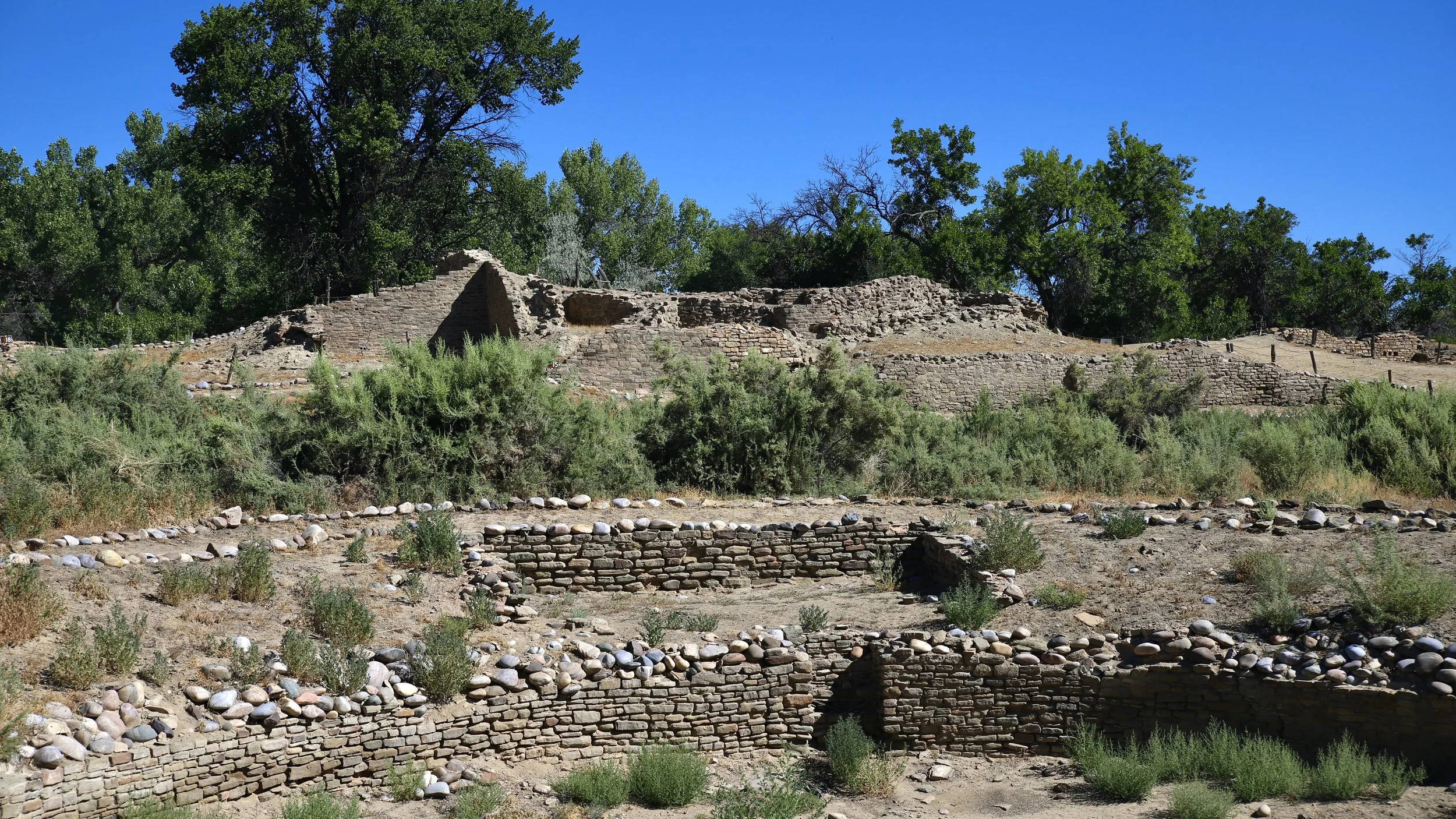
Salmon Ruins
Tucked away 2 miles west of Bloomfield is the awesome Chacoan Great House Outlier that is Salmon Ruins (Adults: $4, Children: $1, Seniors: $3). From the Visitor Center, a short but steep path leads you down to the Heritage Park and the Ruins themselves. The Ruins trail leads you around the great walls, down into a tower kiva, and through the room blocks and smaller kivas of the site. The tower kiva and the Great Kiva are truly spectacular. At the Heritage Park located opposite the ruins down the hill, you can also see an Old Homestead, Navajo Hogans, Ute Wikiups, an Ancient One’s pithouse, a Pueblo I era ruin recreation, an old Trading Post, and a whole lot more. It is truly a fantastic little museum and gift shop.
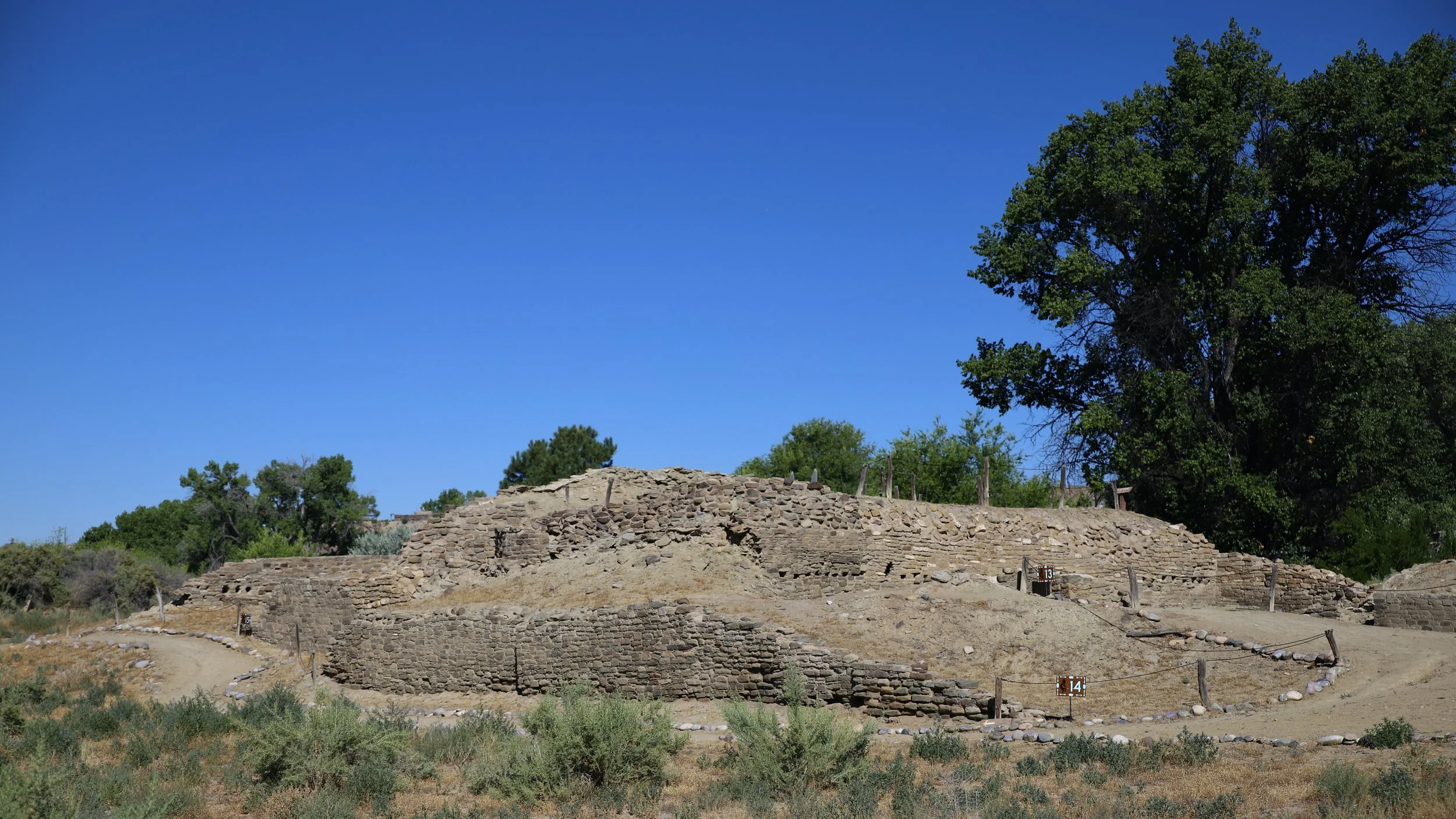
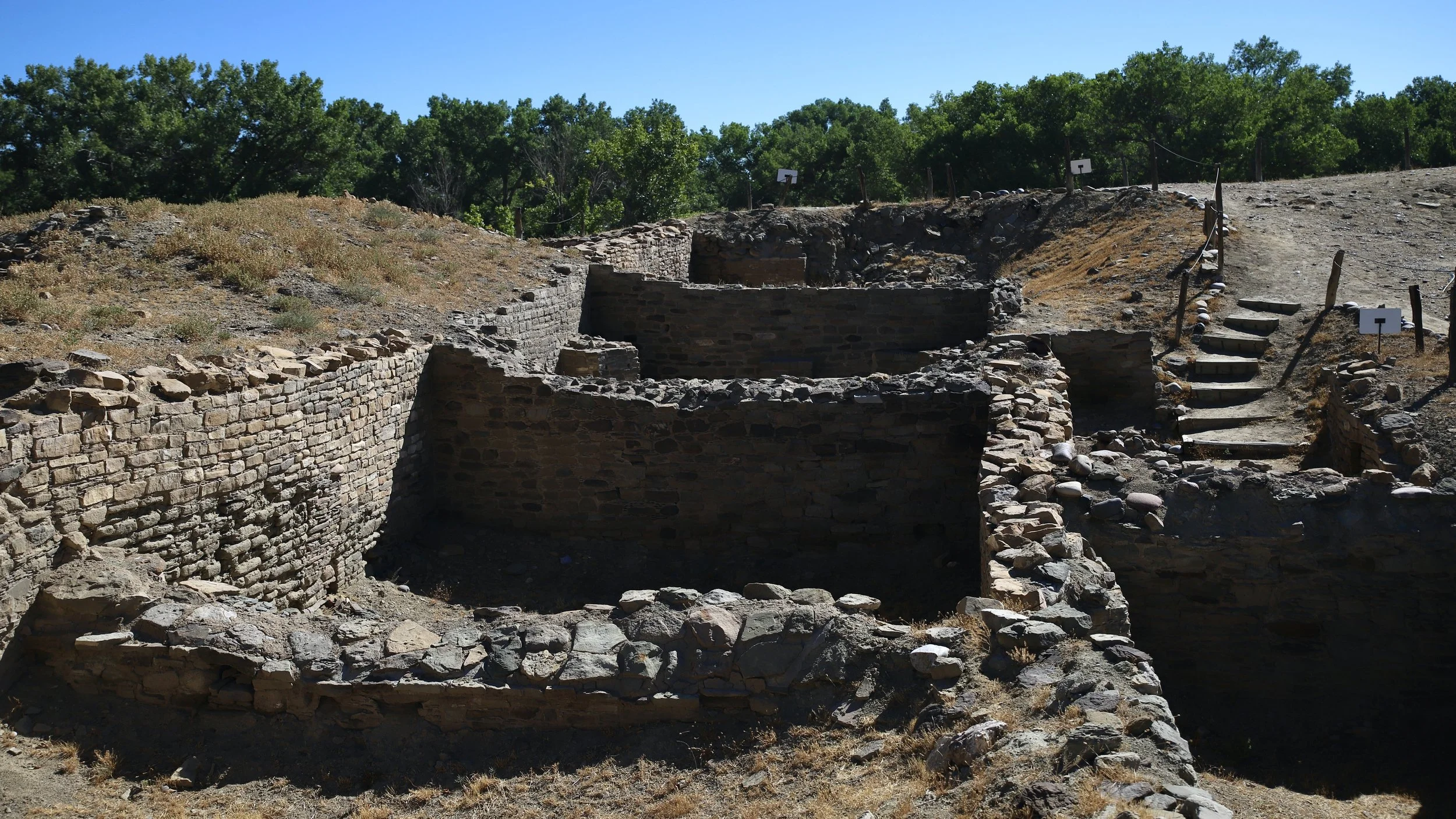
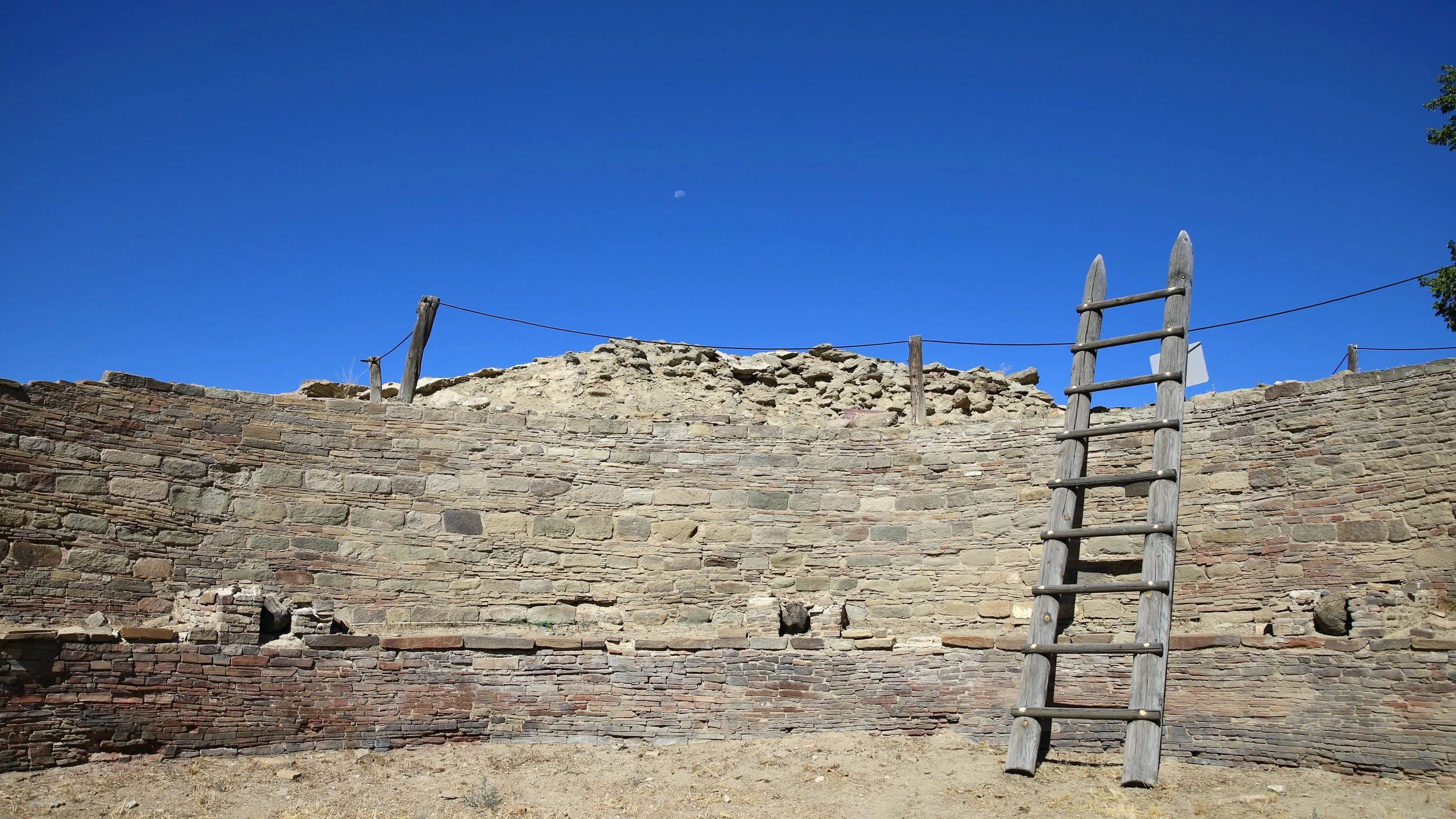

The Great Kiva has been backfilled but you can see, especially if you’re familiar with Aztec Ruins, the sheer size that the structure once was. The site, 45 miles north of Chaco, was chosen because of the San Juan River and also because its importance on the Chaco Meridian, that straight line from Paquime to Chaco to Aztec and beyond. In the 1100s, this site was being expanded upon greatly. That coincides with the growing of Chaco. There are also 28 other Great Houses nearby, which is a surprisingly low number for this type of Chacoan Outlier community.

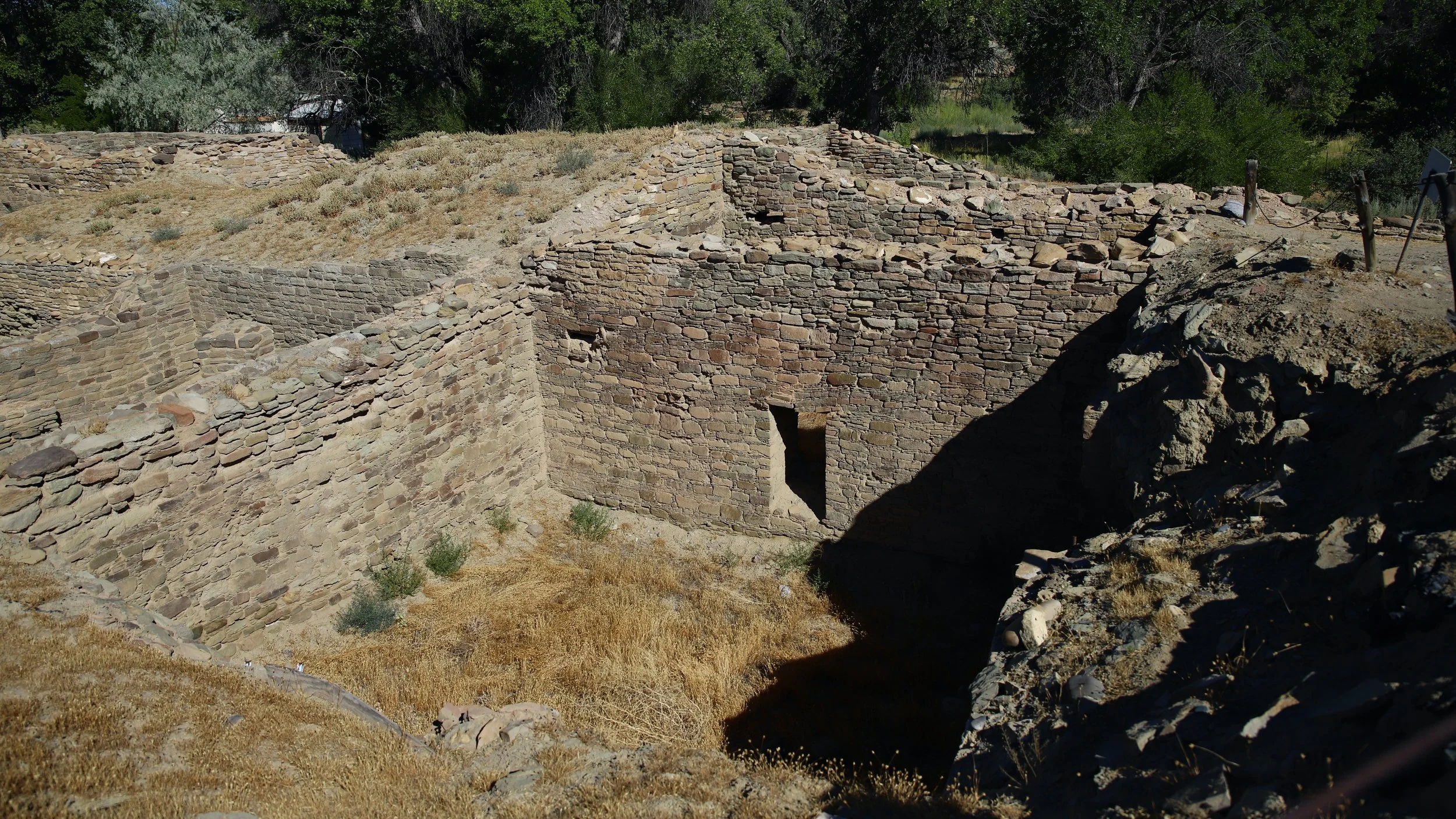
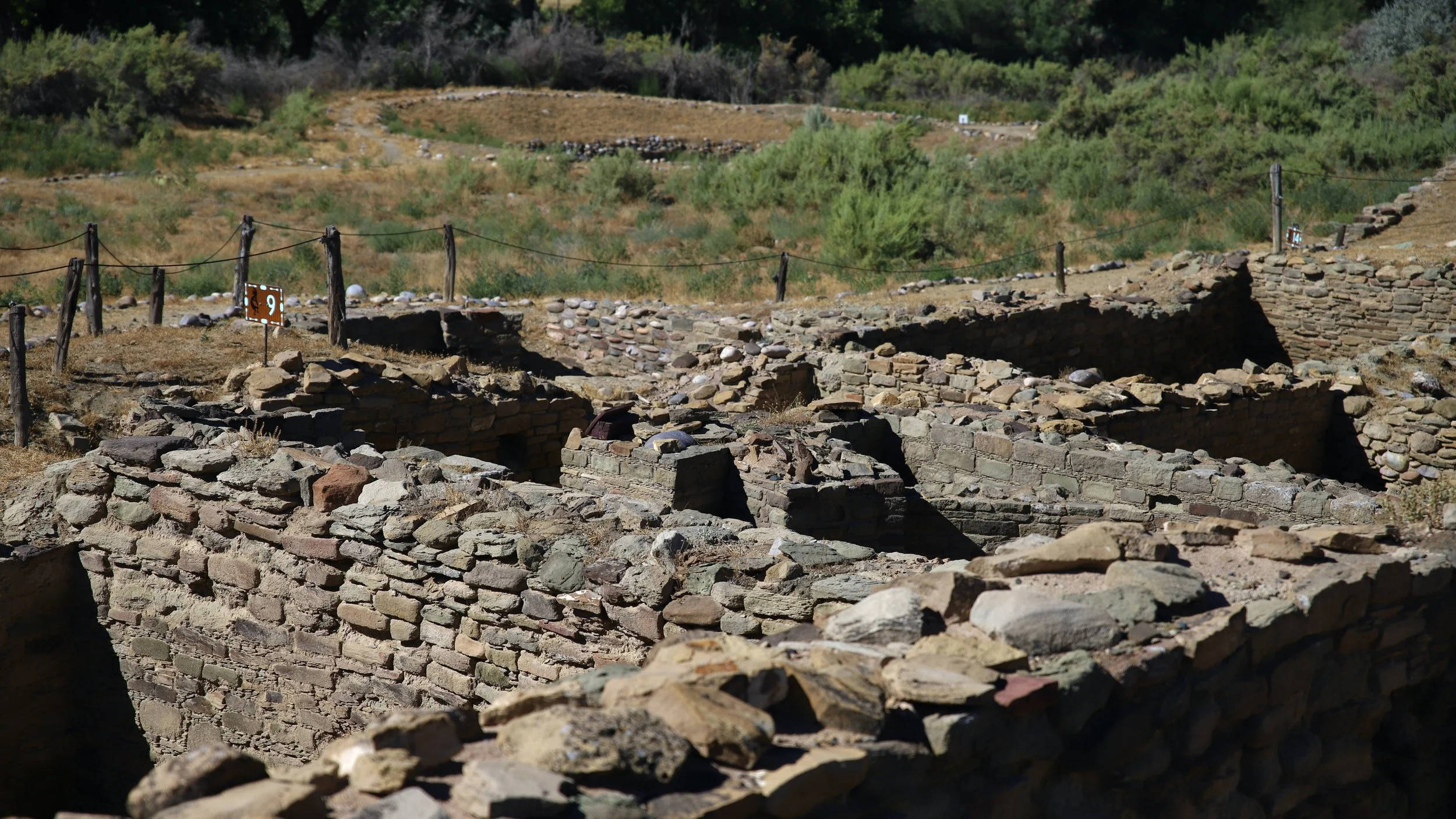
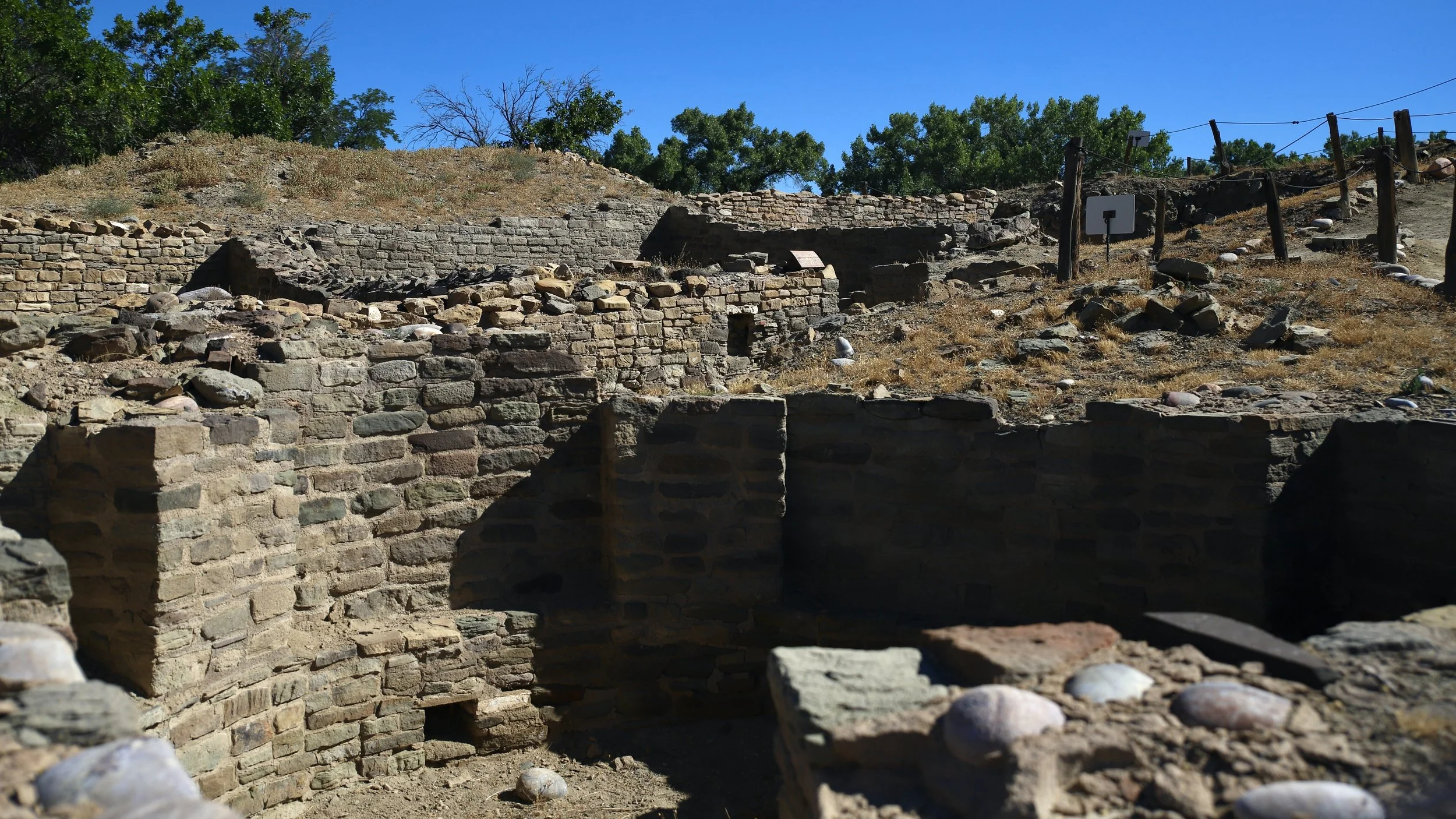
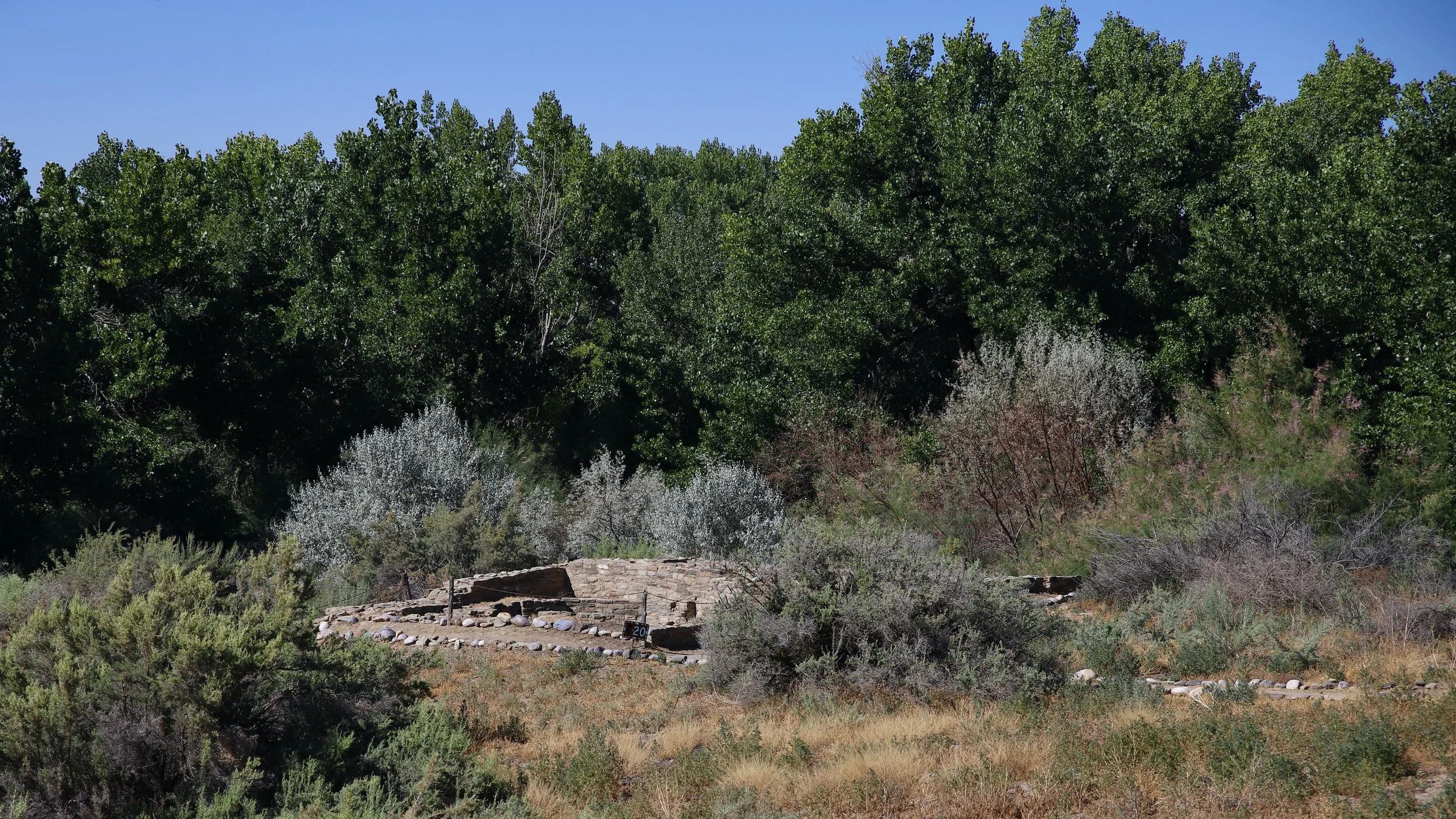
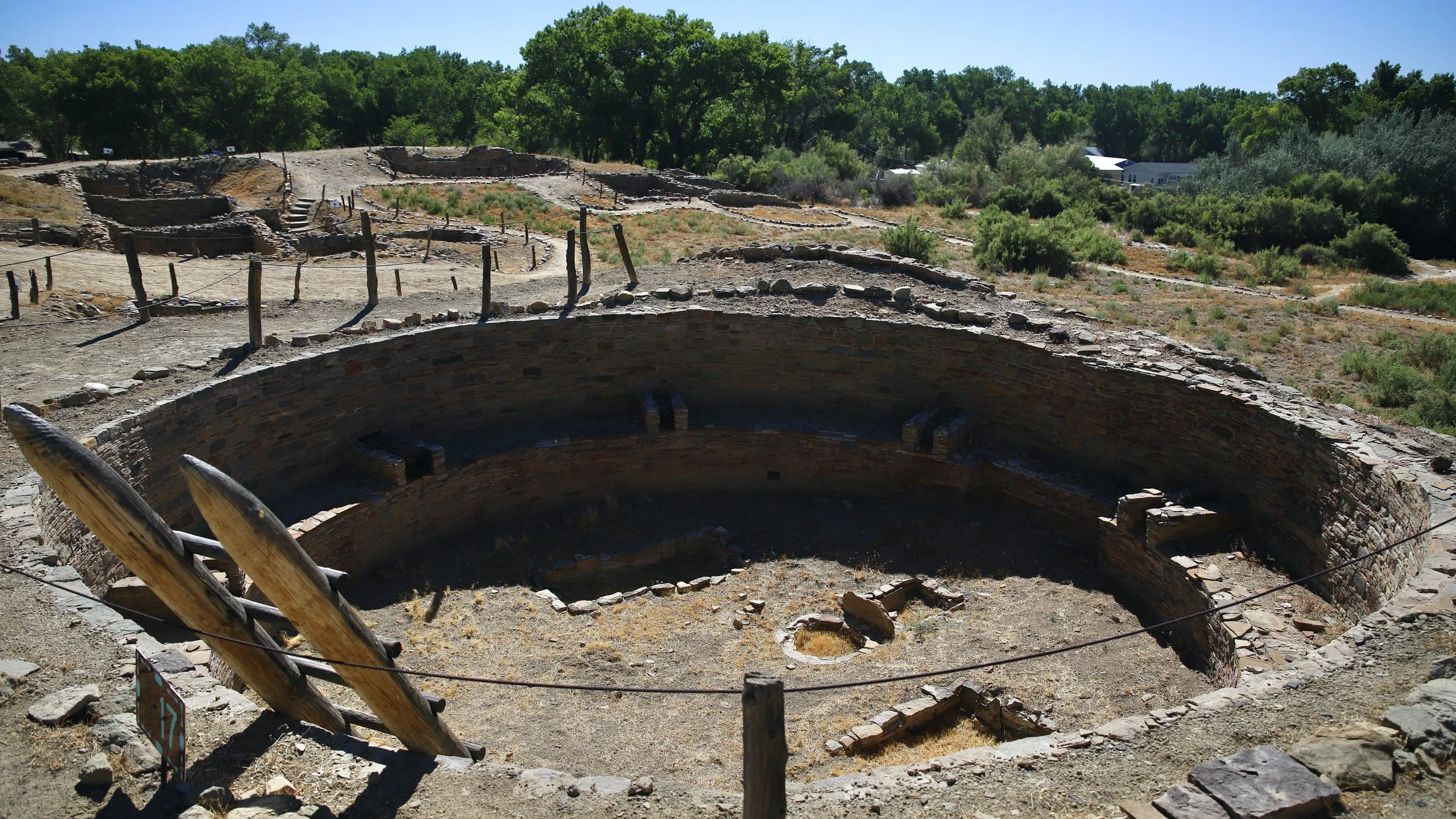
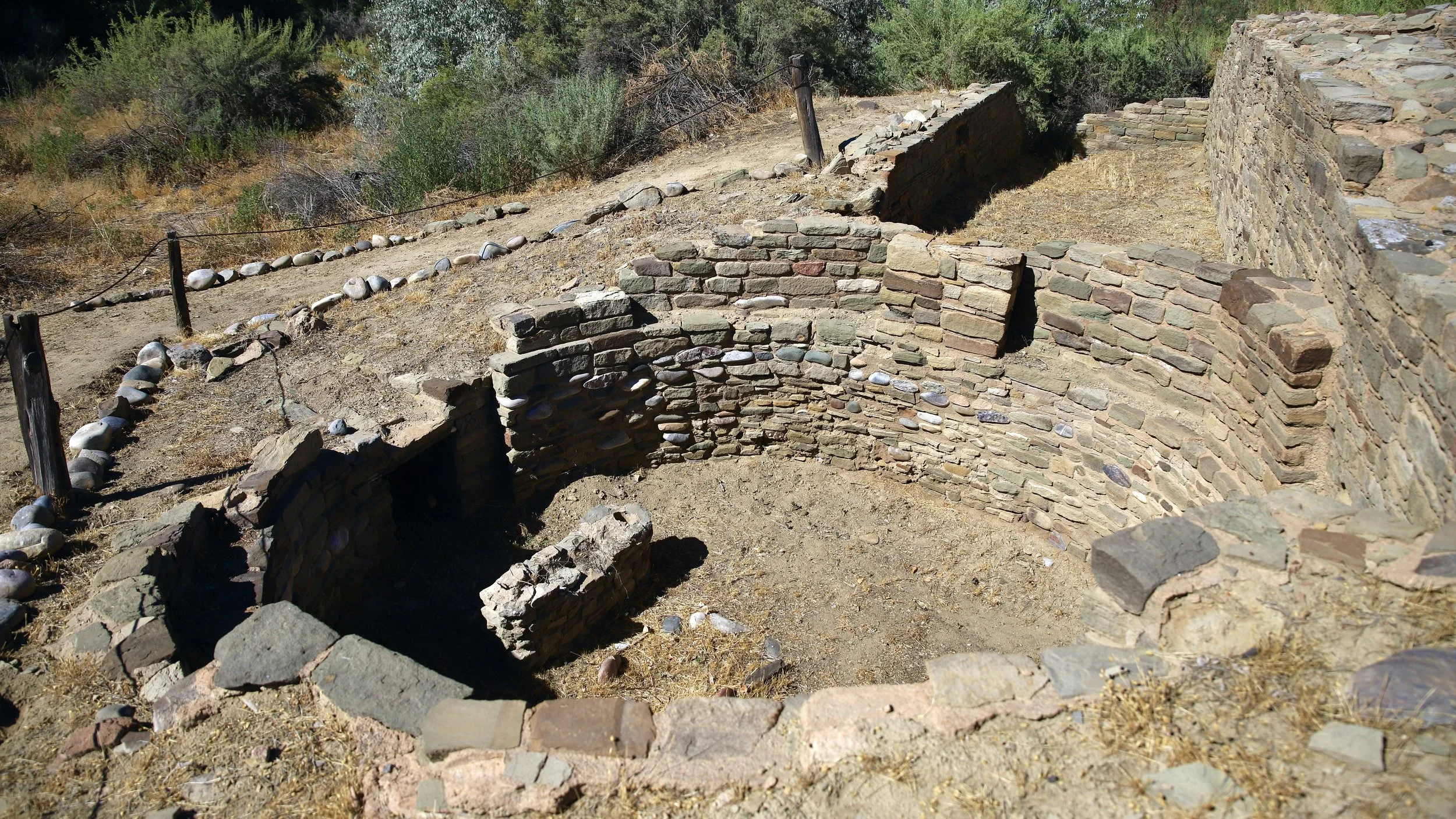
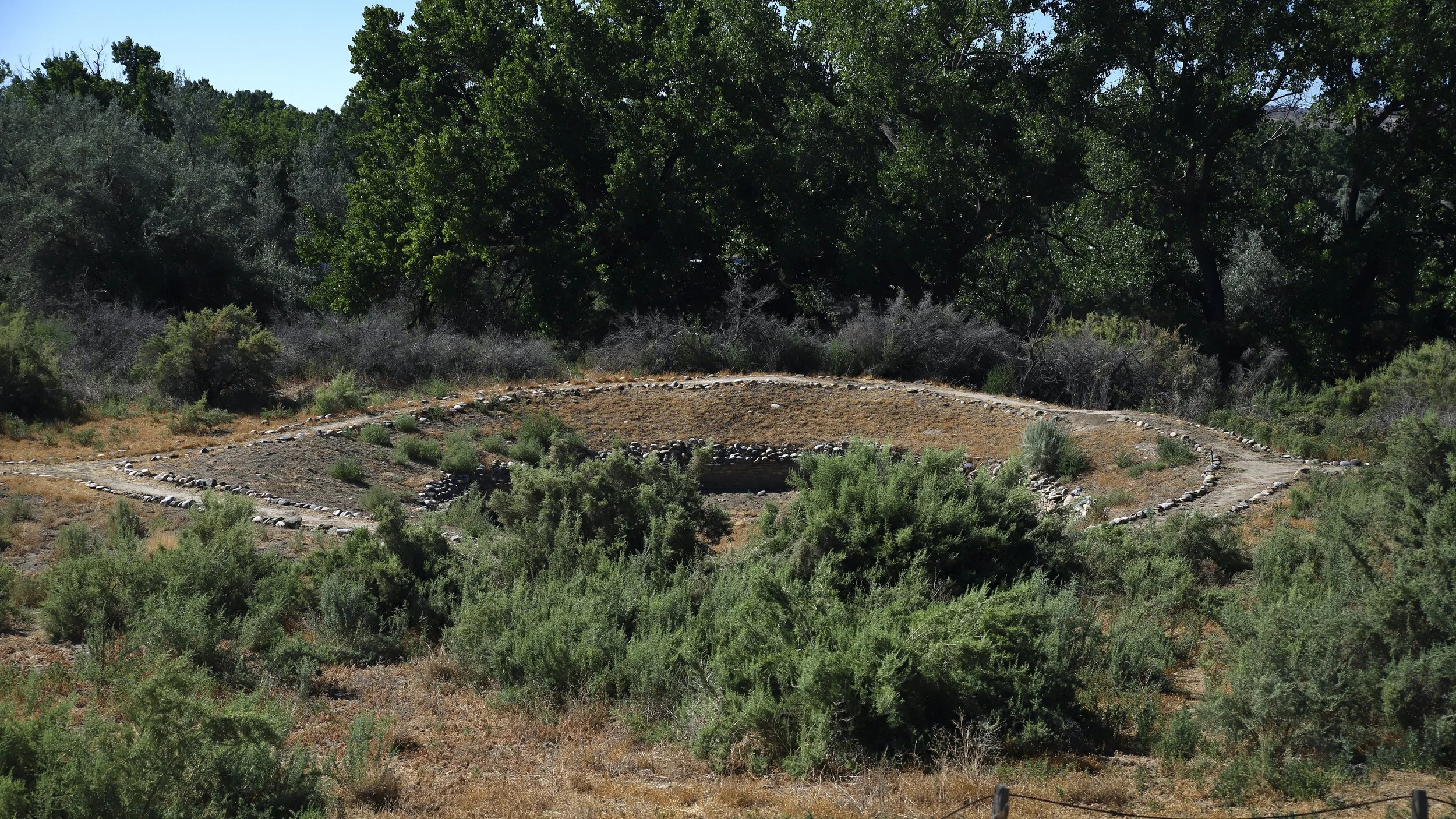
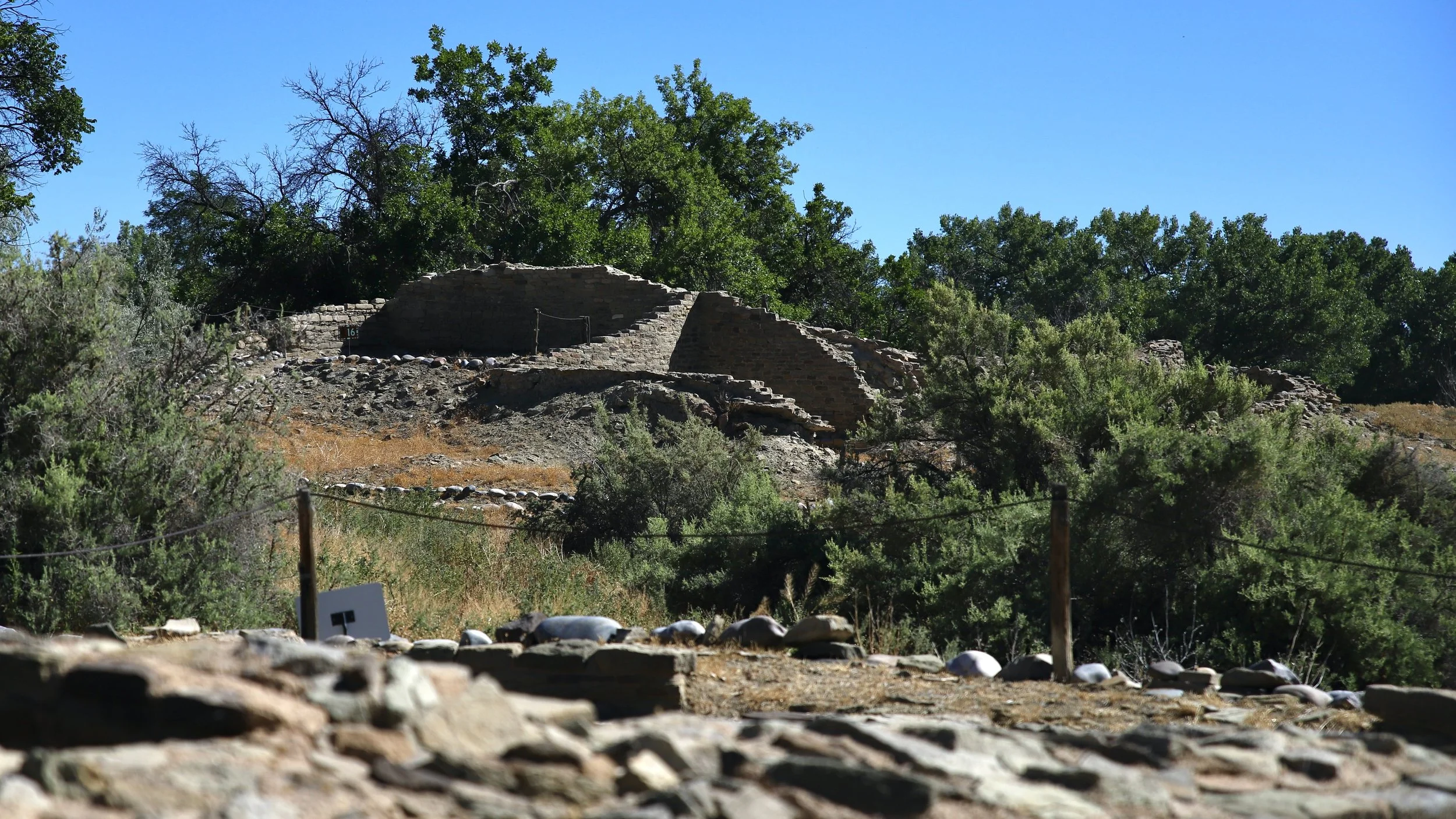

In reality, 4 rooms built in the 1060s were the beginning of construction at the pueblo when the people transitioned from pit houses to above ground unit pueblos as the people came together. At the time of its construction, it was actually the largest Chacoan Great House Outlier. It’s possible 200-300 people lived at the site that contained over 200 rooms and many three story structures. Interestingly, Kokopelli figures have been found at the site, making a rather early appearance for the trickster caricature. Of course, Mesoamerican Chocolate and Macaw Birds were found at the site.
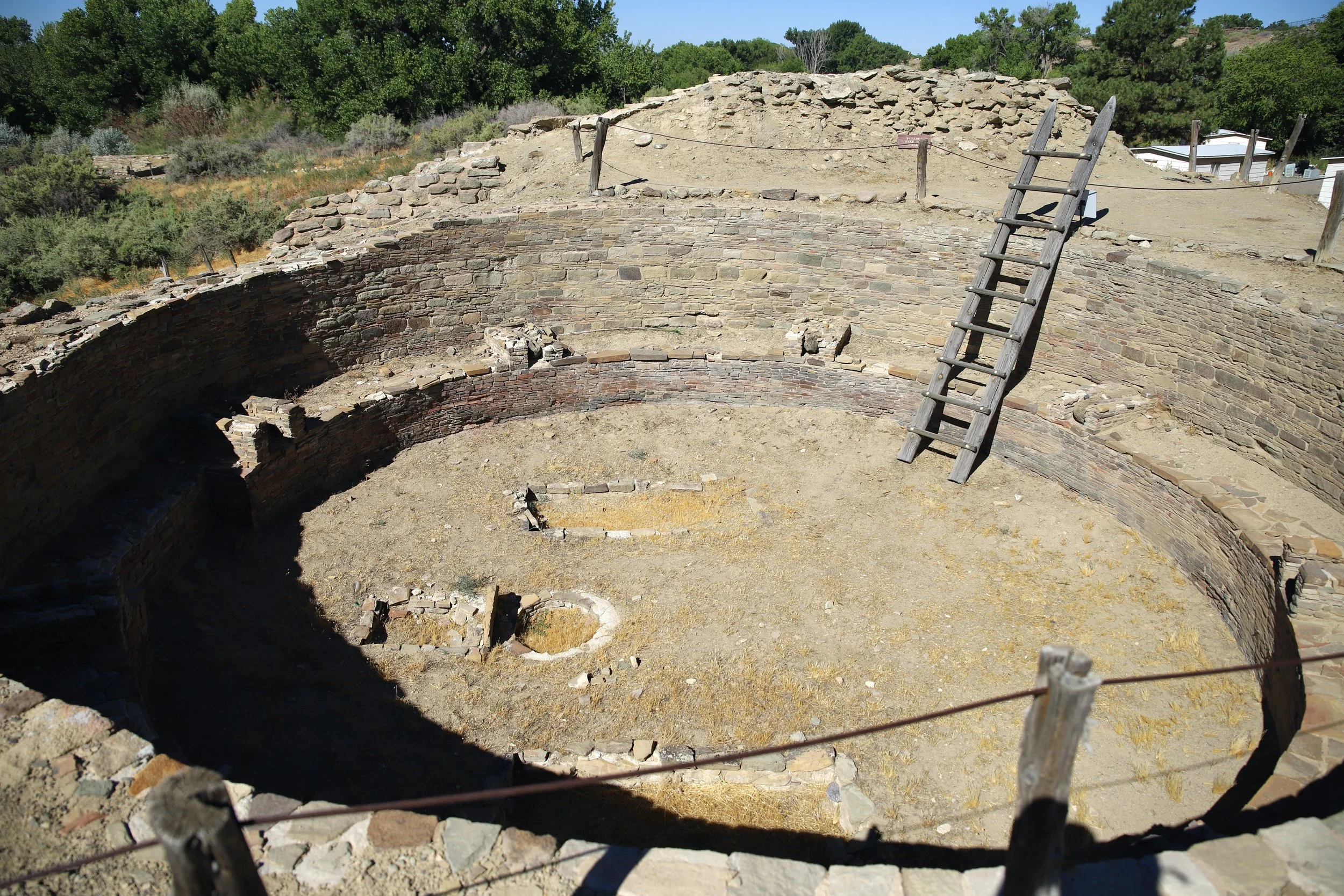

It was abandoned after the Anasazi Civil War but reoccupied by Mesa Verdeans who added construction and Mesa Verdean flourishes to the Great House Pueblo. They too abandoned it after a fire of burned corn in the 1280s. In that fire, 20 children and a few adults remains were cremated. There is debate about wether they were already dead or if they were still alive when the fire consumed them. Afterwards, the survivors would end up travelling east towards the Rio Grande Valley. The ruins then sat in silence until the 1970s.
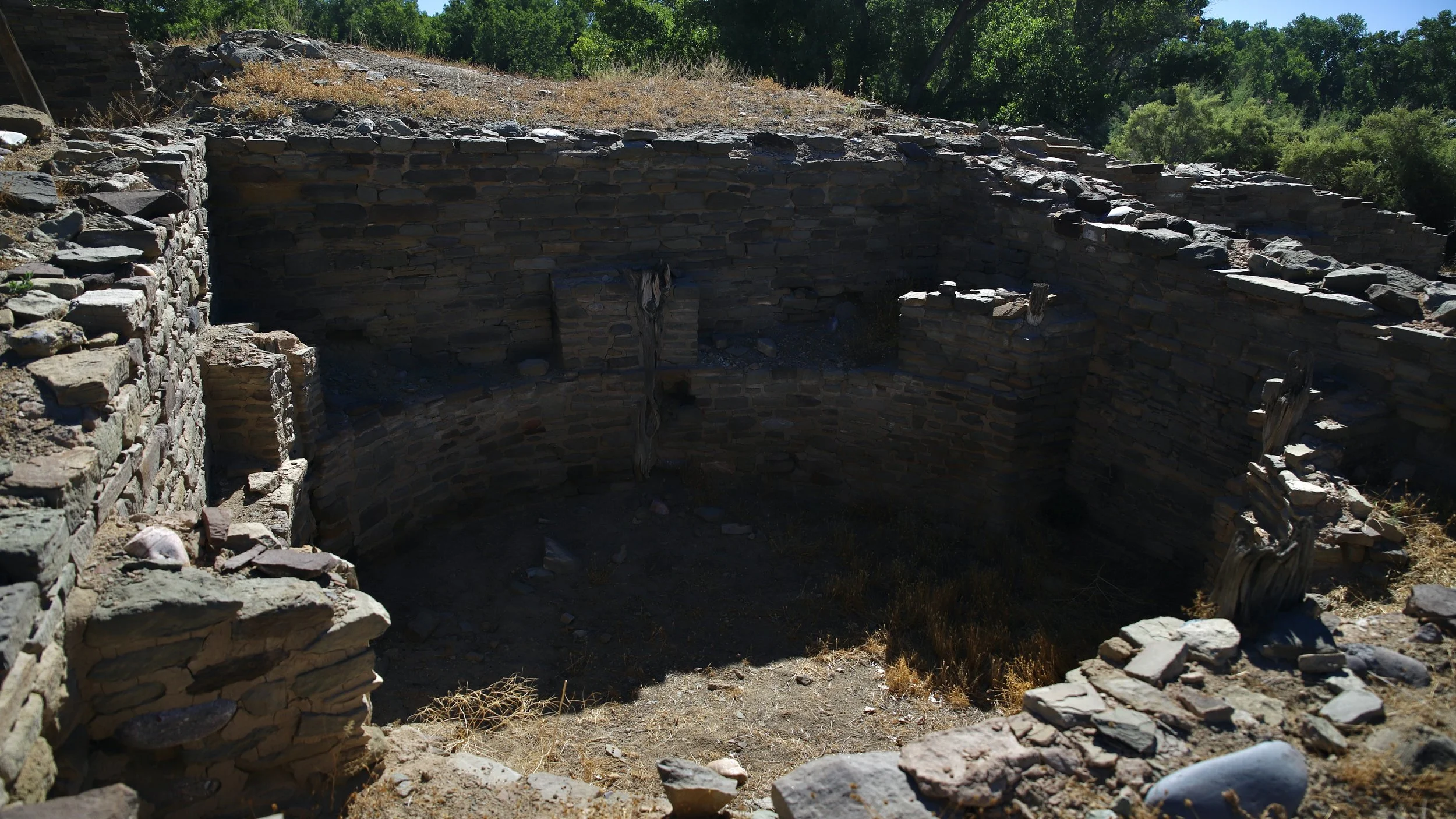
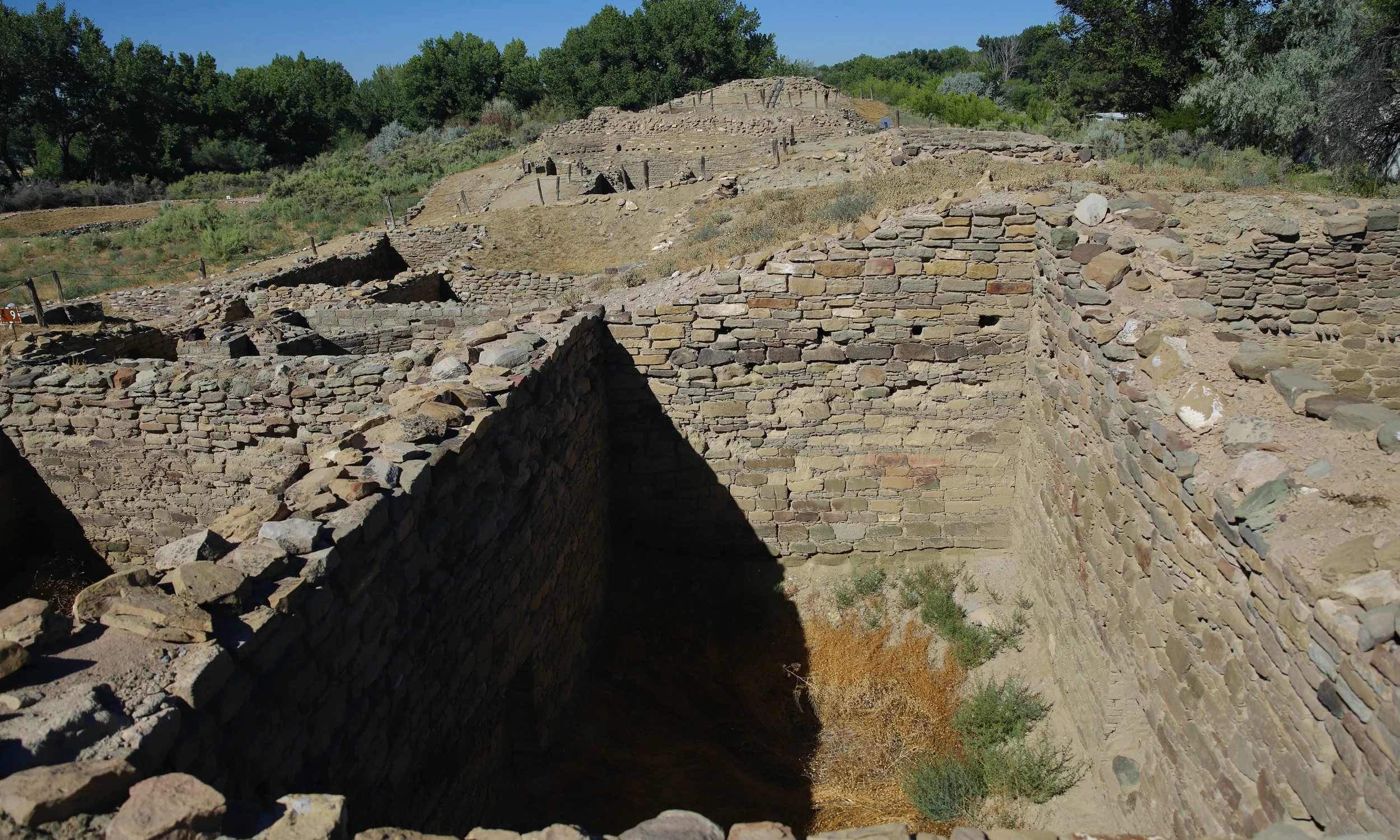
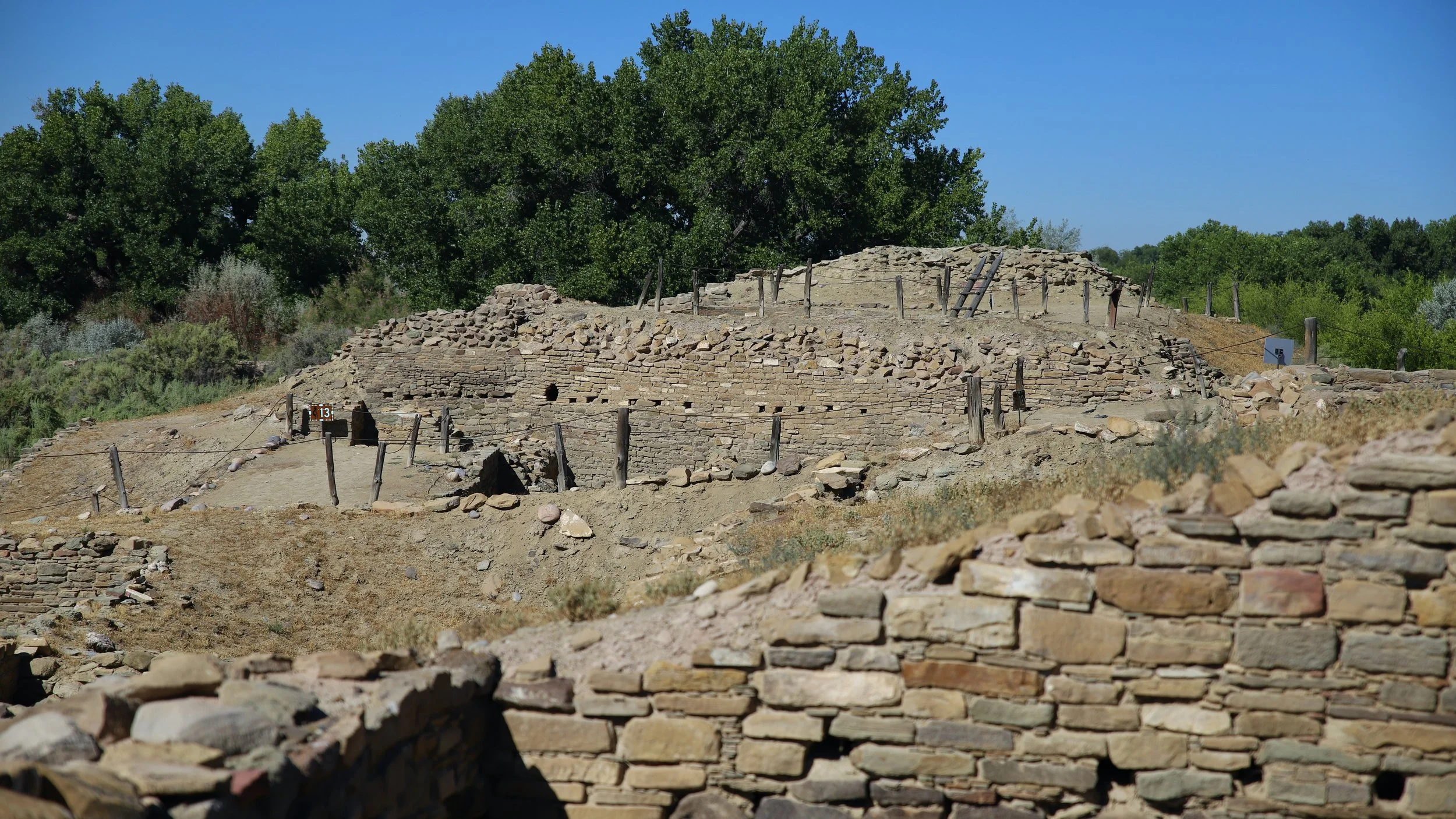
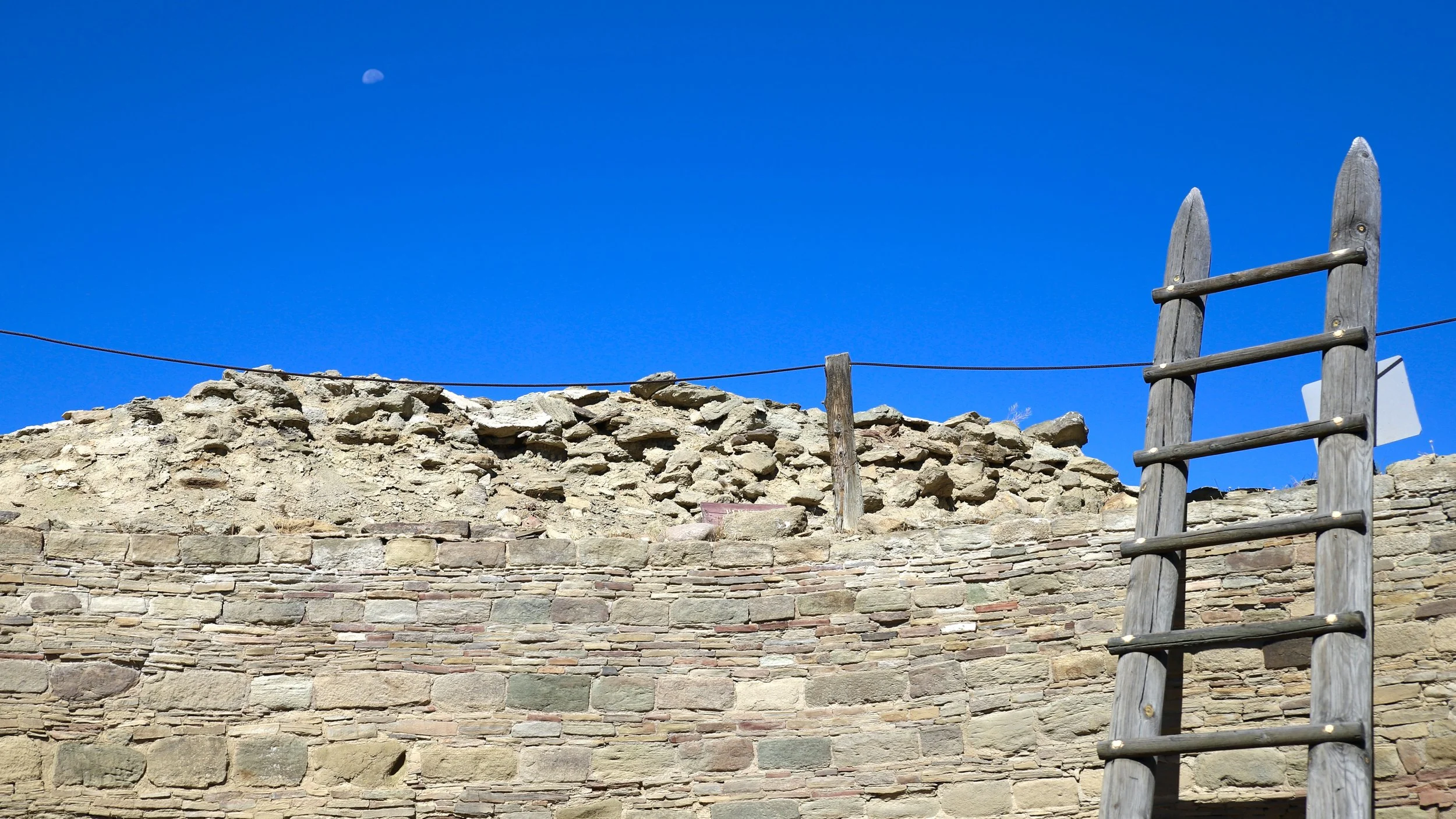

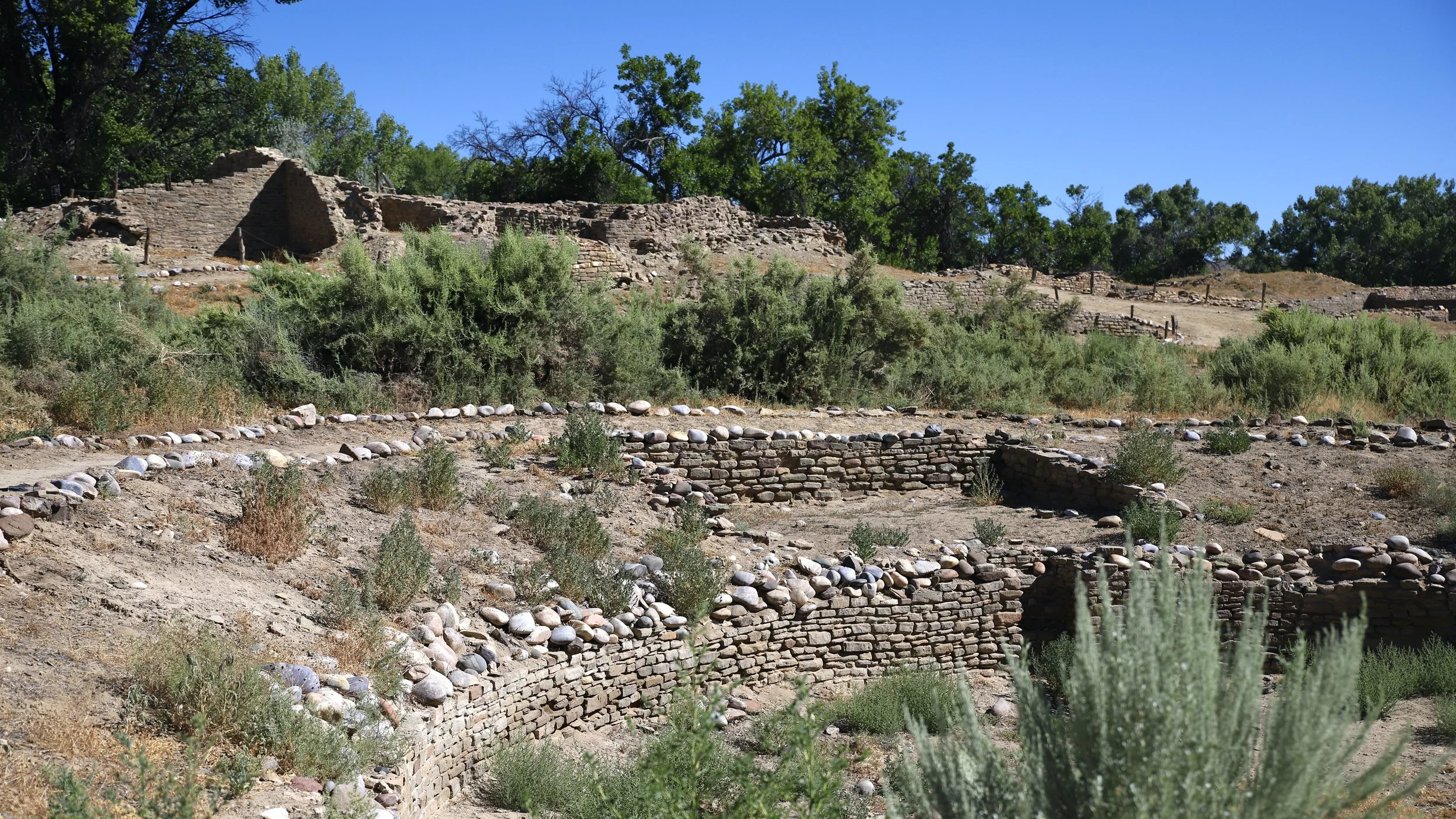
It is known as Salmon (pronounced Sal-mon with the L, not like the fish) Ruins because of the George Salmon homestead of the 1890s. Interestingly, he married a woman from the Old Spanish New Mexican stock. Thankfully, the Salmon family helped preserve the ruins that would later yield 1.5 million artifacts.
If you’re interested in the unique and exciting history of Chaco Culture National Historical Park and the surrounding Four Corners Area like Salmon Ruins, listen to my history podcast which details in depth, the people, their culture, and the landscape. I have an entire series, starting with the Ice Age and going right up to the Spanish which covers the Anasazi, Ancestral Puebloans, Mesa Verdeans, Mogollon, Hohokam, and of course, the Chacoans.
